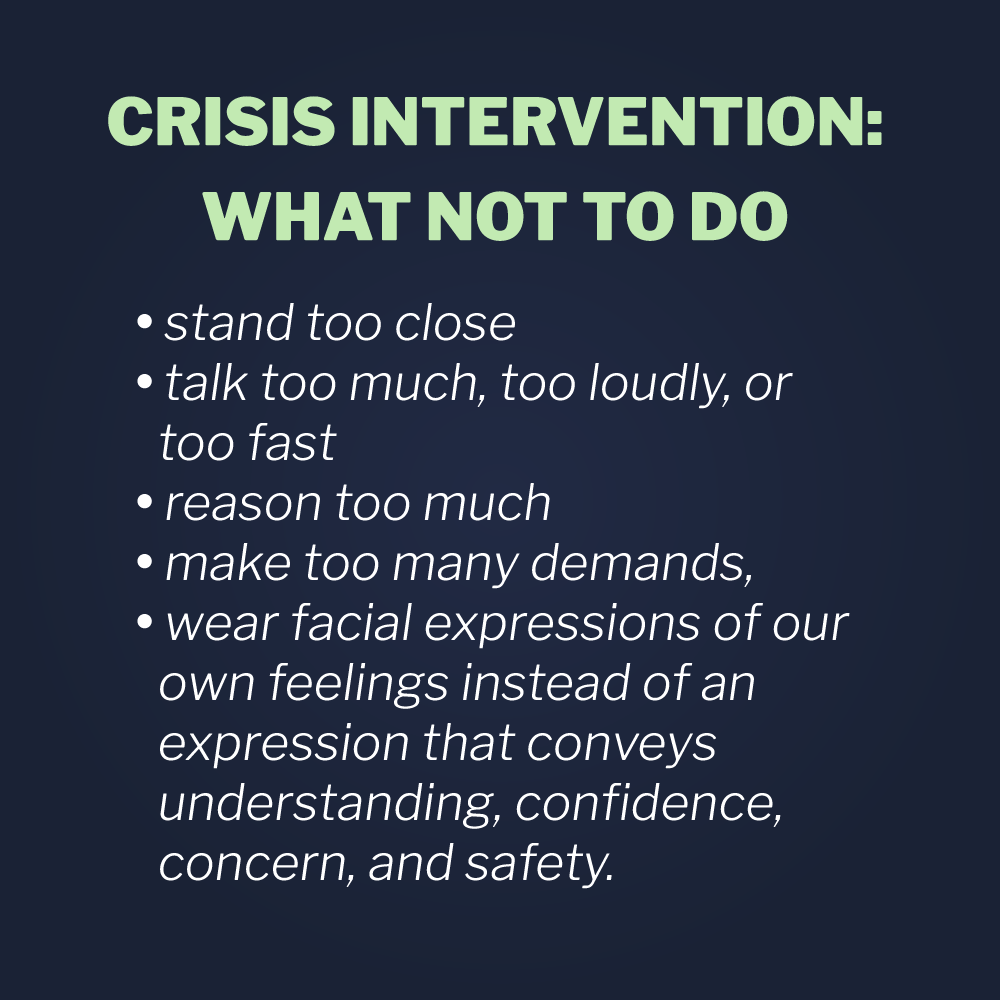When Mr. Roger’s Neighborhood first aired on public television, I was seven years old. I remember seeing it for the first time and thinking, “This show is for little kids.” Yet, there was something about the soft-spoken gentle man from Pittsburg, who sang quiet, slow, and silly songs about feelings that drew me in. I watched it intently while no one else was looking. In fact, I viewed it for years and sometimes found myself transfixed.
Recently, while teaching a training block on non-verbal communication as it relates to Vistelar’s Non-escalation and De-escalation skill sets, I brought up the topic of Mr. Rogers. The class, which ranged in age from 20 to 60, went on to have a lively and telling conversation. They specifically discussed how Mr. Rogers made them all feel. Some said he made them feel special. Some said he made them feel loved. One young woman said he made her feel safe, and many said that he made them feel calm.
Next, I asked the class, “Can any of you recall anything that Mr. Roger’s ever said, besides, ‘It’s a wonderful day in the neighborhood?” No one could seem to cite anything specific he said or quote any of his great lines. So, then I asked them, “Can you remember how he looked? Can you remember his expressions or his tone of voice?” In that regard, they expressed vivid memories of his mannerisms and patterns of speech.
“Do you see where this is leading?” I asked the class.
“He made us feel that way because of who he was and how he said things,” one student replied.
“It’s not what he said, it’s how he said it,” added another.
what you say is Less Important Than How You Say it
Mr. Rogers may have said, “You’re special,” and “I like you just the way you are,” but more important was the way he said it. That was what made him believable and made children going through all forms of distress and pain believe in themselves. Over the years, many adults I’ve interviewed on the subject have made tearful recollections of Mr. Rogers’s influence on their lives. The ones who seemed to be influenced the most were the ones who experienced childhood trauma.
One of the simple truths about communication is that most of it is nonverbal. Another simple truth is that we can’t de-escalate angry or frightened people by asking them to calm down. I’ve discovered in my 30-year career responding to people in crisis that feelings are hard to influence by using the spoken word. Perhaps that is why, as much as our instincts are to do so, telling someone to calm down just doesn’t work. In fact, it usually has the opposite effect. But we can lead them down by modeling behavior that conveys understanding, trustworthiness, and safety. In the eyes and the minds of people—especially people in crisis— verbal communication is suspect, and the truth resides in your nonverbal communication.
What I have learned from Mr. Rogers as a crisis responder and instructor, is that our words mean nothing without the proper presentation. All behavior equalizes, meaning people in varying stages of stress or crisis will ultimately match our behavior, or we will naturally mimic theirs. Therefore, the first step in non-escalation or de-escalation is to model the behavior you want to see in the person you are trying to help. But I have also learned that a calming presentation is not a natural response to a person in crisis. In fact, what we naturally do is just the opposite. We stand too close, talk too loudly, say too much, talk too fast, reason too much, make too many demands, and wear upon our faces the expressions of our own feelings instead of an expression that conveys understanding, confidence, concern, and safety. And lastly, I have learned that my words are not as important as my tone or volume, the distance or position of my body, and my facial expressions.
without the proper presentation. All behavior equalizes, meaning people in varying stages of stress or crisis will ultimately match our behavior, or we will naturally mimic theirs. Therefore, the first step in non-escalation or de-escalation is to model the behavior you want to see in the person you are trying to help. But I have also learned that a calming presentation is not a natural response to a person in crisis. In fact, what we naturally do is just the opposite. We stand too close, talk too loudly, say too much, talk too fast, reason too much, make too many demands, and wear upon our faces the expressions of our own feelings instead of an expression that conveys understanding, confidence, concern, and safety. And lastly, I have learned that my words are not as important as my tone or volume, the distance or position of my body, and my facial expressions.
The "Mr. Rogers Persona"
The final episode of Mr. Roger’s Neighborhood aired on August 31, 2001, followed soon by his passing on February 27, 2003. However, his messages and manner of speaking continue to influence my work and family life to this day. His career spanned four decades and ended nearly two decades ago, and his influence not only looms large in my memory but in the memories of several other generations as well. That’s some accomplishment for a daytime children’s television personality.
The “Mr. Rogers persona” is a learned and pre-planned, practiced response. These are the principles on which we base our training for crisis prevention, response, and recovery, which is what Vistelar’s Non-escalation / De-escalation training is all about. Training which is trauma-informed and trauma-responsive. All we need to begin learning it is to have our hearts in the right place, like the gentle man from Pittsburg who sang silly songs to children.
To discuss this article or inquire about training opportunities in healthcare, education, residential treatment, or any field of human service contact us.









